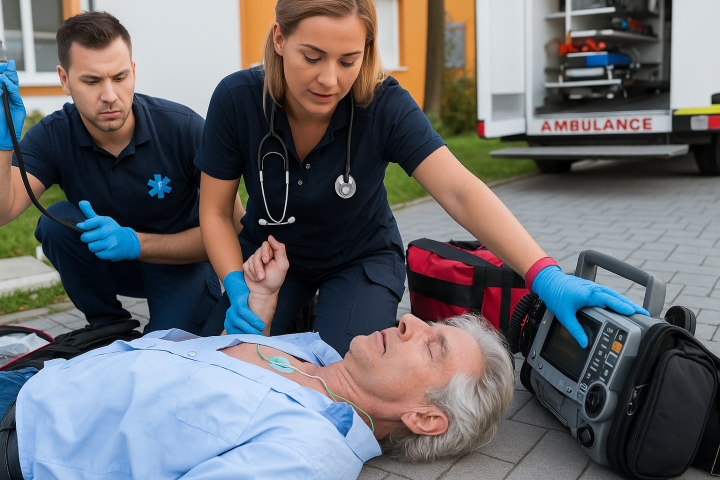When a patient suddenly collapses, every second matters. Before advanced tools and medications come into play, it’s Basic Life Support (BLS) that often makes the difference between life and death. BLS isn’t just a skill set—it’s the foundation of every great medical team. Here’s why it should be at the core of your team’s emergency preparedness.
1. BLS Is the Common Language of Emergency Care
From seasoned physicians to newly certified nurses, everyone on a care team should be able to communicate and act instantly using the same life-saving principles. BLS provides that shared framework. Whether you’re working in a busy emergency department or a small outpatient clinic, chest compressions, airway management, and defibrillation are universal actions that unite a team in crisis.
2. It Sets the Stage for Advanced Care
Advanced Cardiovascular Life Support (ACLS) builds on BLS—but if the basics aren’t solid, advanced interventions fall flat. A team that’s quick, coordinated, and confident in BLS ensures that a patient has the best possible chance while awaiting further care. High-quality BLS is often what stabilizes a patient long enough for medications or advanced airway tools to take effect.
3. High-Quality BLS Saves Lives
Outcomes in cardiac arrest are strongly linked to how fast and effectively BLS is performed. According to the AHA, survival rates double or triple when CPR is started immediately. This means compressions that are deep enough, fast enough, and with minimal interruptions. That kind of precision only comes from consistent practice and a team culture that values BLS.
4. It Builds Confidence and Team Cohesion
When every team member knows how to respond, roles become clear and execution becomes smooth. Regular BLS drills not only sharpen individual skills but also boost confidence and communication among colleagues. It’s not just about knowing what to do—it’s about trusting that your team knows too.
5. It Empowers Everyone, Not Just Code Teams
Cardiac arrest doesn’t always wait for a Code Blue to be called. It happens in hallways, cafeterias, and waiting rooms. A strong BLS foundation means any staff member—from techs to therapists—can jump in and make a life-saving difference before the crash cart arrives.
Final Thoughts
A strong BLS foundation is more than a requirement—it’s a responsibility. When everyone on your team is trained, confident, and ready, patients are safer and outcomes improve. Advanced skills may save lives, but it’s BLS that buys the time to get there.


